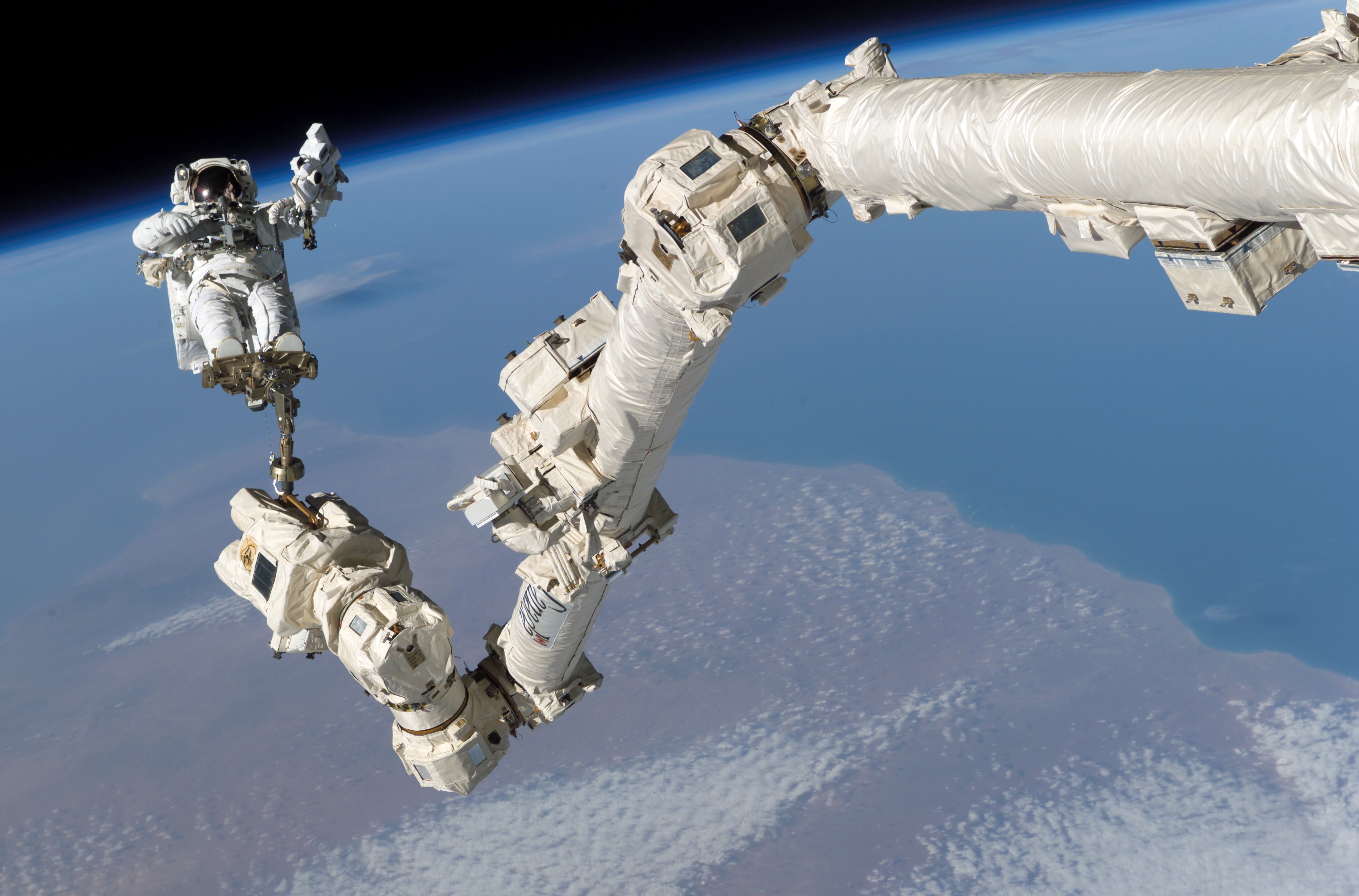The Future of Canada in Space
From
Torontoist.com/blog

•
Presentation
Several months ago, a group of young NASA employees set out to redefine what space exploration means for their generation,
Generation Y. Unlike the Baby Boomers' mission to the Moon, our generation's experience of space has been shaped by things like the International Space Station and the horrific
Columbia disaster. It is no wonder, then, that Gen Y'ers are not all that interested in space. To get them engaged, the group thought, they needed to package space in a way that appealed to a new era.
Thus, the blog
Open NASA was born, and their most important work to date, no doubt, was the presentation
Generation Y Perspectives. Inspired by this presentation, three Canadians have created "What Is Canada's Vision for Space?" viewable after the fold, or
downloadable as a PDF (via
SpaceRef Canada). The presentation raises some pretty important questions, such as, "If Canada was the third nation in space, why do we spend almost the least percentage of our GDP on space compared to other spacefaring nations?" Also, "How do we get young Canadians interested in space?" as Canadians who are young now will soon be bearing the tax burden of the space program.
While the Ottawa-based
Canadian Space Agency may not be on the tip of every Canadian's tongue, big, non-governmental, space-related things are happening in The Greater Toronto Area. Check out this new
CNN interview with Dr. Robert Richards to learn about
Odyssey Moon, the lunar enterprise he founded, which was the first entrant in the
Google Lunar X PRIZE. Bob Richards is also the head of the space division at
Optech Inc., a Vaughan-based company that manufactures LIDAR instruments for satellites, among other things. The video also shows the
University of Toronto Institute for Aerospace Studies' simulated lunar surface, something we didn't even know existed. There is also the Toronto-based space tourism company
Dreamspace and the da Vinci Project, which is trying to get a piece of the stellar pie.
Hopefully, if private industry and the public can be successfully mobilized, space will become a big part of our lives, starting with our "eighth continent," the Moon. The question, of course, is where Canada will fit into the spacefaring future. Ideas are already flying about how to bring young Canadians to the forefront of space advocacy, like
Yuri's Night Toronto, the
Canadian Space Society's recent Space Day, upcoming events in Canada to celebrate the landing of the
Pheonix, and SpaceCamp, a tentative "unconference" about space. Allow us to the be the first to propose that a colony on the Moon be named "New Toronto."


 • SOHO Photo:
• SOHO Photo: 
 •
•  • Sun:
• Sun:  • NASA movie:
• NASA movie: 




 • News Blog:
• News Blog:  Photos:
Photos:  •
•  •
• 





